http://ratak-monodosico.tumblr.com
The French Daguerreotype
This is a scan1 of a stereo daguerreotype of James Pradier’s statueBaigneuse aux Papilleten and was taken by Lemiare, ca.1850–1855. The stereo mount consists of a top glass plate with reverse painting (a passepartout), two trimmed 1/6th plate stereo daguerrotypes, a backing board held together with binding tape around the edges and a piece of backing paper:
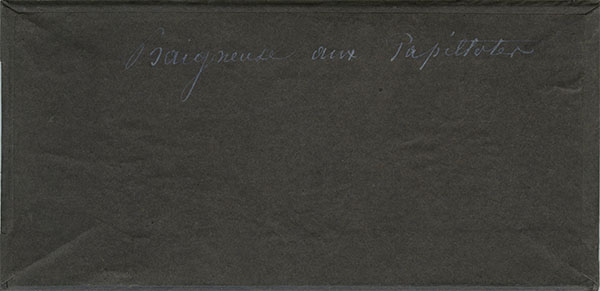
In 1827 Joseph Nicéphore Niépce produced the world’s first permanent image (which he termed a heliograph) – the now-famous Vue de la fenêtre du domaine du Gras. By this time Louis-Jacques-Mandé Daguerre had become a successful artist in Paris with his dioramas: huge paintings of historical or allegorical scenes, cleverly lit in various ways and presented as a kind of theater. Daguerre partnered with Niépce to explore this photographic process to help with his dioramas. Niépce died suddenly in 1833, but Daguerre continued to experiment and by 1837 had developed his photographic process, which he named after himself – the daguerrotype. After unsuccessfully trying to find paying subscribers for the process he sold the invention to the French government and the French Academy of Sciences announced the process on 7 Jan 1839. On 19 Aug of that same year the French Government declared the invention was a gift “Free to the World.”2
The daguerrotype process was expensive, labor intensive,3required relatively long exposure times, used rather hazardous developing methods,4 and resulted in plates that were extremely fragile, could not be copied (a direct positive), and had to be viewed at a specific angle. But the process also resulted in images that were extraordinarily sharp. Jules Janin described it as “Devine Perfection.” Despite the limitations the daguerrotype was an immediate sensation and studios soon sprung up throughout Europe and North America.
La Danaide
Meevée
The idea of binocular vision and of stereoscopy were well known long before the invention of photography. Euclid recognized depth perception around 280
Brewster found little interest in his stereoscope until Jules Duboscq’s work was shown at the Crystal Palace Exhibition in 1851. Queen Victoria was so impressed that she immediately ordered a stereoscope and its popularity took off. Soon daguerreians in both England and France, including Duboscq, Claudet, Gouin, Thompson, Mayer and Peterson began churning out stereo images.
La Bonne Mere
Flore
Lemaire,7 a Parisian optician who may have been the inventor of the Polyorama Panoptique, began to photograph a series James Pradier’s statues perhaps as early as 1852. The stereo plates were marketed (edited) by S. Marchi and included a rather stern (but beautifully lettered) copyright notice:
“All photographs not covered with my signature are
considered as counterfeit, whereas only I have the right
to reproduce all models of artworks of PRADIER
Mr. S. MARCHI is editor, owner”
Medeé et Jupiter
Le por Para de Beacue
La Grande Baigneuse
After the invention of the much simpler wet collodion process in 1851 the daguerrotype began to fade and was virtually all but abandoned by 1860. Stereo views, however, using whatever photographic process currently in vogue, were a very popular Victorian entertainment well into the 20th century before they were gradually replaced by another medium: the motion picture.
1. Unfortunately the optics involved in scanning what is essentially a mirror causes every speck of dust and piece of dirt to be reflected. Trust me, in real life these images appear only half as dusty and dirty.
2. The World being the world except England. On 12 Aug 1839 Daguerre took out a British patent to protect his invention, presumably from William Henry Fox Talbot, who was developing the competing Calotype process at the time.
3. The process consisted of first exposing a polished silver-coated copper plate to iodine, creating light-sensitive silver iodide. The prepared plate was then exposed to light in the camera (exposure times varied greatly, from as little as 10 seconds to as long as 30 minutes). This exposed plate was then “developed” by coating it with mercury vapor, creating a thin layer of silver amalgam and silver oxide, and “fixed” by rinsing with hyposulphate of soda.
4. Mercury (Hg), and especially mercury vapor, is not particularly safe. It is certain that many early daguerreians died a slow death from mercury poisoning. Long term exposure can result in symptoms such as drooling, hair loss, trembling hands, a lurching gait, slurred speech and general confusion; symptoms widely noted in the Parisian Huguenot hat makers of the era who used mercuric nitrate as part of their secret process of felt production. Hence the phrase “Mad as a Hatter.” It should be noted that Carroll’s Mad Hatter from Alice’s Adventures in Wonderland was not based on the neuropathology of Huguenot hat makers (sadly, because that would have made a great footnote), but rather on an Oxford furniture salesman, Theophilus Carter.
5. Wheatstone, Charles. Contributions to the Physiology of Vision.—Part the First. On some remarkable, and hitherto unobserved, Phenomena of Binocular Vision.Philosophical Transactions of the Royal Society of London 1838 (128): 371-394. Wheatstone is also remembered as the inventor of the concertina.
6. See: Brewster, Sir David. The Stereoscope. Its History, Theory and Construction.. London: John Murray, 1859. Brewster, a child prodigy, enrolled in the University of Edinburgh at age 12. Although he studied Theology, upon graduation he devoted his life to the study of science, particularly optics. He is perhaps best known for discovering the kaleidoscope around 1816. See: Brewster, Sir David. The Kaleidoscope. Its History, Theory and Construction. London: John Murray, 1851.
7. Lemiare, Opticien Fabricant. 32 Passage du Saumon, Paris.



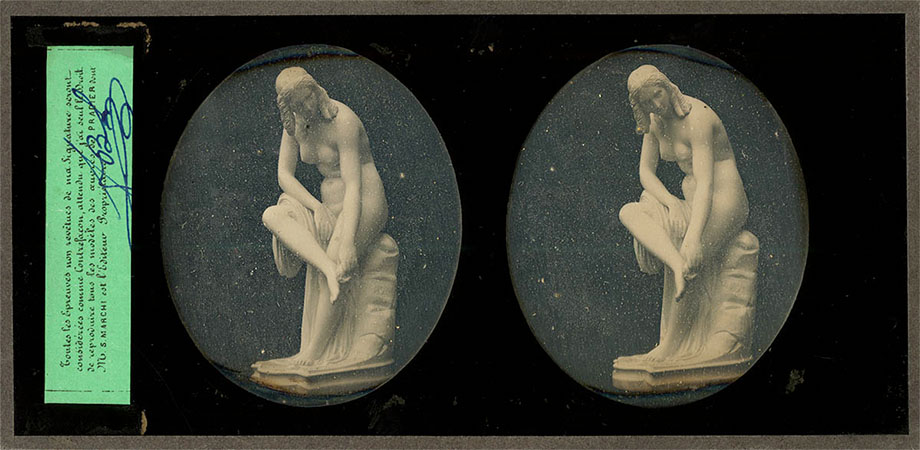
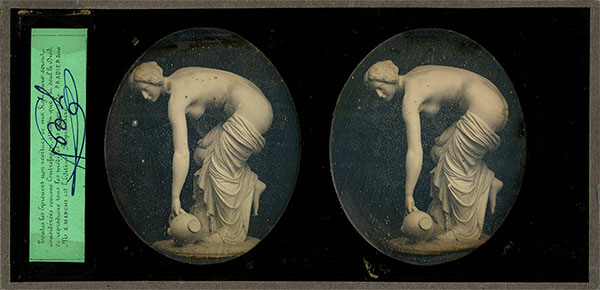
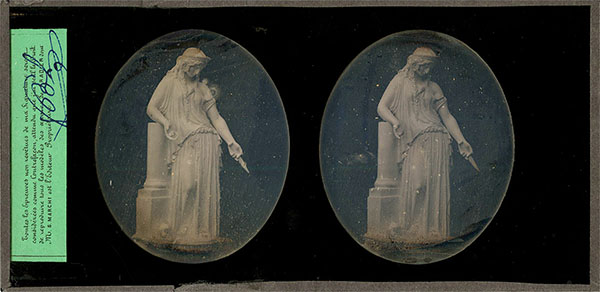
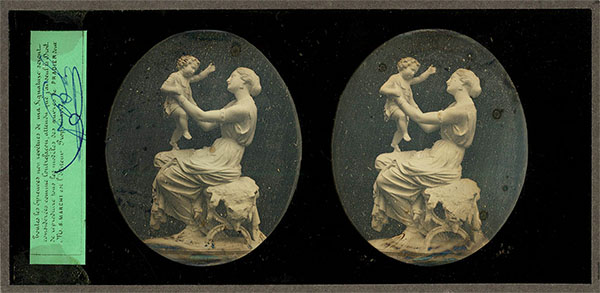
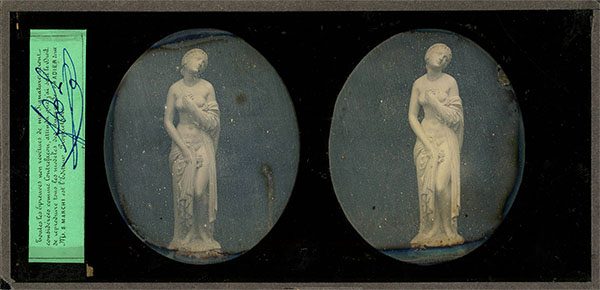

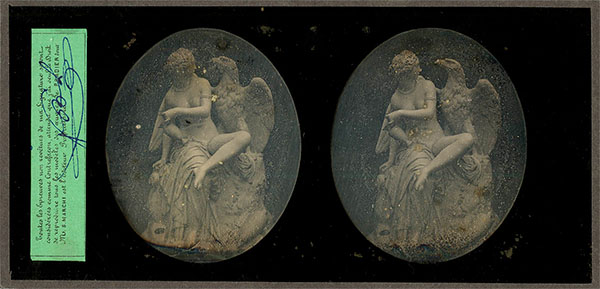
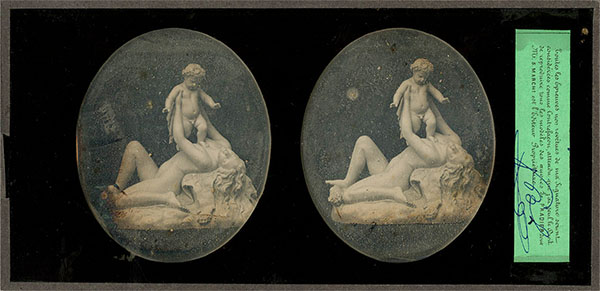
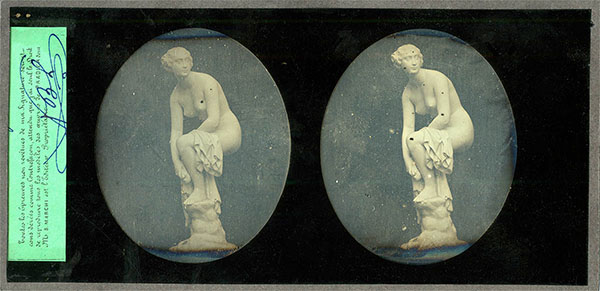







No hay comentarios:
Publicar un comentario